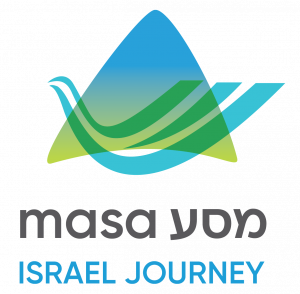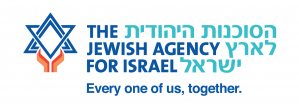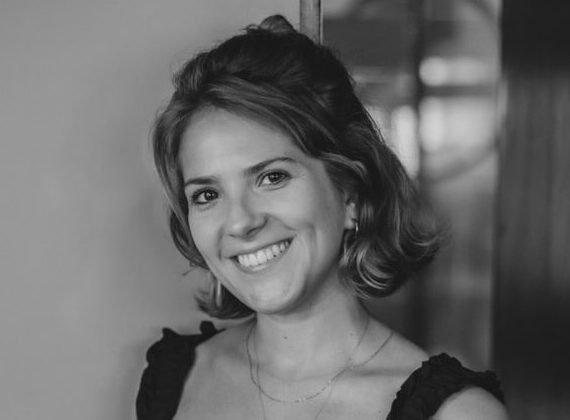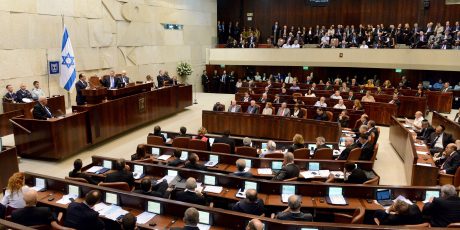History of “Hatikvah”
The Origins and Early Recordings
The text of “Hatikvah” was composed in 1878 by Naftali Herz Imber, a Jewish poet from Zolochiv (Polish: Złoczów), then located in Austrian Poland, now part of Ukraine. Zolochiv was known as “The City of Poets.” Imber’s poignant words, including “Lashuv le’eretz avotenu” (to return to the land of our forefathers), encapsulated the deep aspirations of the Jewish people.
In 1882, after emigrating to Ottoman-ruled Palestine, Imber recited his poem to the Jewish pioneers in the early villages of Rishon LeZion, Rehovot, Gedera, and Yesud Hama’ala. In 1887, Shmuel Cohen, a 17 or 18-year-old resident of Rishon LeZion with a musical background, set the poem to a melody he knew from Romania. This musical adaptation resonated powerfully with the Jewish farmers and helped spread the poem throughout the Zionist communities in Palestine.
Publication and Adoption
Imber’s original nine-stanza poem, “Tikvatenu” (תִּקְוָתֵנוּ, “Our Hope”), reflected his emotions following the establishment of Petah Tikva (“Opening of Hope”). It was published in his first book, “Barkai” (The Shining Morning Star), in Jerusalem in 1886. The poem gained popularity and was adopted as an anthem by the Hovevei Zion and later by the Zionist Movement.
Zionist Congresses and Recognition
During the early 20th century, the Zionist Organization held two competitions for an anthem, in 1898 and 1900, but none of the entries were deemed satisfactory. However, “Tikvatenu” remained popular and was sung at the Fifth Zionist Congress in Basel in 1901. Its significance was further highlighted during the Sixth Zionist Congress in 1903, when it was sung by those opposing the proposal for a Jewish state in Uganda, emphasizing their commitment to establishing a homeland in Palestine.
It wasn’t until the Eighteenth Zionist Congress in Prague, in 1933, that “Hatikvah” was formally adopted as the anthem of the Zionist movement.
Challenges and Symbolism
The British Mandate government briefly banned the public performance and broadcast of “Hatikvah” from 1919, responding to increased Arab anti-Zionist activities.
A poignant moment in the anthem’s history occurred in 1944 at Auschwitz-Birkenau. Czech Jews, members of the Sonderkommando, reportedly sang “Hatikvah” spontaneously at the entrance to the gas chamber, facing brutal beatings from the Waffen-SS guards.
Adoption of Hatikvah as the Israeli National Anthem
When the State of Israel was established in 1948, “Hatikvah” was embraced as the national anthem, though it wasn’t officially recognized in this capacity until much later. It wasn’t until November 2004 that “Hatikvah” formally received its status as the national anthem. This official recognition came through an amendment to the Flag and Coat-of-Arms Law, which was subsequently renamed the Flag, Coat-of-Arms, and National Anthem Law.
The modern version of the anthem features only the first stanza and refrain of Imber’s original poem. This decision reflects the central theme of the anthem – the longstanding Jewish aspiration for the establishment of a sovereign and free nation in the Land of Israel. This hope, deeply woven into the remaining stanzas of the original poem, is largely considered fulfilled with the founding of the State of Israel.
Melody and Origins of Hatikvah
The melody of “Hatikvah” traces its roots back to the 16th century, originating from “La Mantovana,” an Italian song composed by Giuseppe Cenci (Giuseppino del Biado) around 1600. The song, with the lyrics “Fuggi, fuggi, fuggi da questo cielo,” first appeared in del Biado’s collection of madrigals. Known as “Ballo di Mantova” in early 17th-century Italy, this melody became widely popular across Renaissance Europe, adopting various titles and forms in different cultures. In Poland, it was known as “Pod Krakowem”; in Romania, it took the form of “Cucuruz cu frunza-n sus” [Maize with up-standing leaves]; and in Ukraine, it was called “Kateryna Kucheryava.”
This melody also served as the foundation for numerous folk songs across Central Europe. For example, it influenced the Slovenian children’s song “Čuk se je oženil” [The little owl got married]. However, its most notable use prior to “Hatikvah” was by the Czech composer Bedřich Smetana. He incorporated the melody into his set of six symphonic poems titled “Má vlast” (My Homeland), particularly in the second poem, “Vltava” (also known as “The Moldau”). Additionally, the melody was adapted by French composer Camille Saint-Saëns in his “Rhapsodie bretonne.”
Zionist Adaptation of the Melody
The melody of “Hatikvah,” as we know it today, was set by Samuel Cohen in 1888. Reflecting on the process years later, Cohen revealed that the tune was influenced by a song he remembered from Romania, titled “Carul cu boi” (the ox-driven cart). This revelation highlights the cross-cultural influences that shaped the anthem’s melody.
Notably, “Hatikvah” is composed in a minor scale, which is somewhat atypical for national anthems. Minor scales are often perceived as having a mournful tone, adding a poignant depth to the anthem. However, despite its minor key, the essence of “Hatikvah” is far from somber. As its title, “The Hope,” suggests, the song carries an inherently optimistic message. The lyrics and melody together evoke a spirit of upliftment and resilience, reflecting the enduring hope and aspirations of the Jewish people.
FAQs About Hatikvah – Israel’s National Anthem











